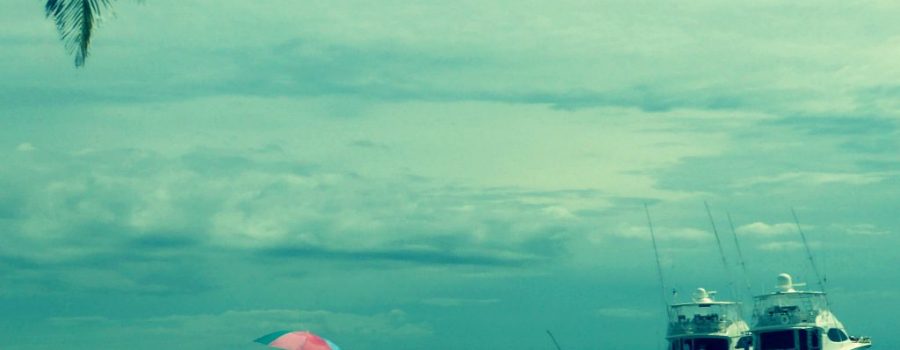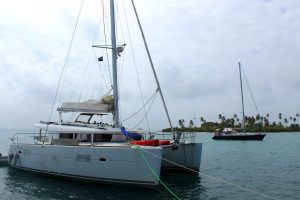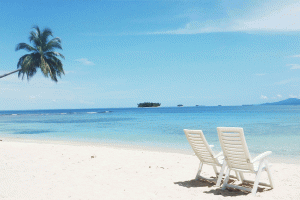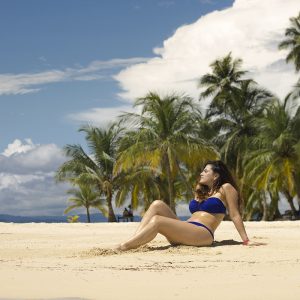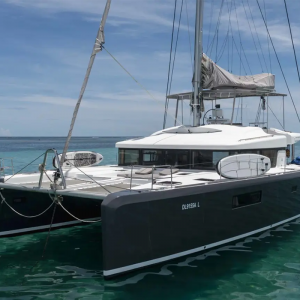Best Time to Visit San Blas: A Complete Guide
When is the best time to visit San Blas? This is one of the most common questions tourists ask. While I’m not a meteorologist, my years in tourism have taught me that understanding Panama’s geography and climate is key to determining the best time to visit San Blas.
Understanding Panama’s Climate
Panama is located in Central America, bordered by the Caribbean Sea to the north, the Pacific Ocean to the south, Colombia to the east, and Costa Rica to the west. It has a humid tropical climate, which means it doesn’t have the four traditional seasons (spring, summer, autumn, and winter). Instead, Panama has two main seasons: the dry season and the rainy season.
Dry Season: Adventure Awaits
The dry season, also called summer, begins around December 21 during the winter solstice in the Northern Hemisphere. Trade winds from the northeast bring sporadic rains and reduce humidity to about 70%. In San Blas, these winds create waves of 3 to 5 meters, with February being the windiest month.
If you plan to visit during the dry season:
- Avoid traveling with children under 5 years old.
- Bring extra dry clothes.
- Be prepared for bumpy boat rides due to the waves.
Rainy Season: Tranquility and Rain
The rainy season starts on May 1, with increasing humidity levels (90%-100%) and fewer trade winds, resulting in calmer seas. Although rain can be heavy during this period, it often alternates with sunny afternoons.
Things to consider during the rainy season:
- The hurricane season runs from June to November.
- Bring a waterproof tent if camping.
- Rainfall is typically heavier during the early morning hours.
Despite the rain, the lack of waves makes this season ideal for water activities. And when it’s raining in Panama City, it’s often sunny in San Blas.
Also See: How climate impact San Blas?
San Juan’s Little Summer: The Best Time to Visit
During the rainy season, a unique phenomenon called San Juan’s Little Summer occurs around June 24, coinciding with the summer solstice in the Northern Hemisphere. For about two weeks:
- Rain temporarily stops.
- Trade winds remain calm.
- Days are sunny, skies are clear, and there are no waves.
This brief period is considered the best time to visit San Blas, offering ideal weather conditions for exploring the islands.
Conclusion
The best time to visit San Blas depends on your preferences. If you enjoy adventure and don’t mind waves, visit during the dry season. For calmer seas and sunny weather, the San Juan’s Little Summer is perfect. Plan your trip accordingly and make the most of your time in this stunning destination.
We hope you enjoyed this article. Feel free to share your thoughts in the comments and follow us on social media for more travel tips!


